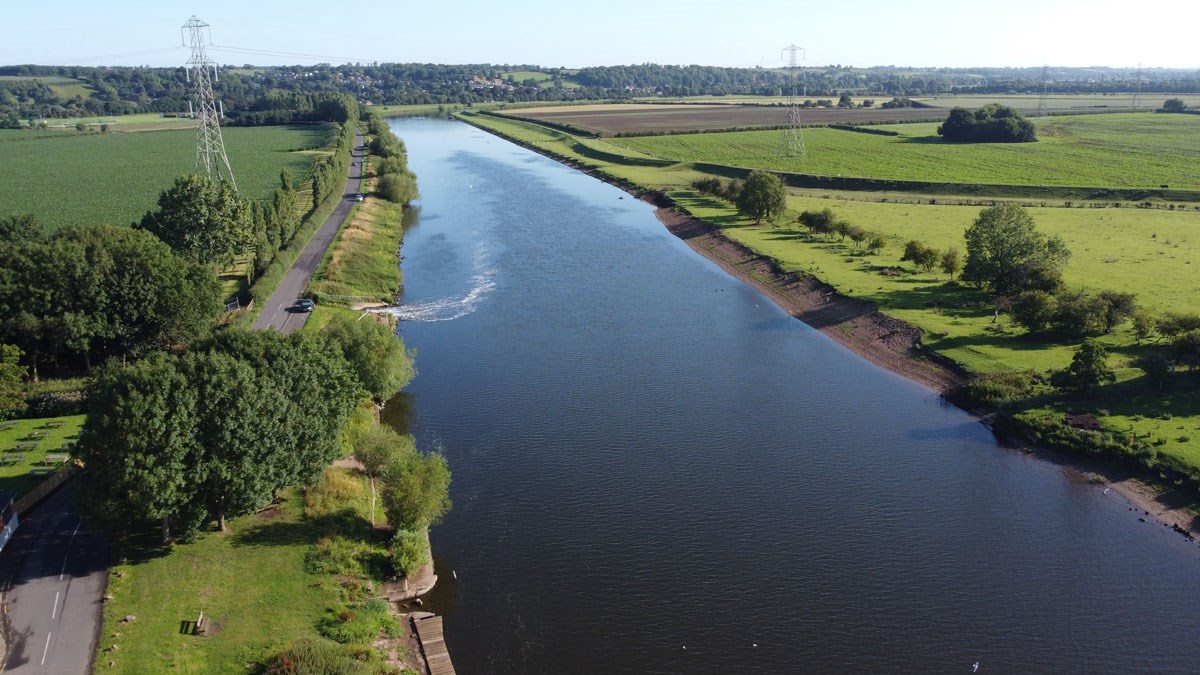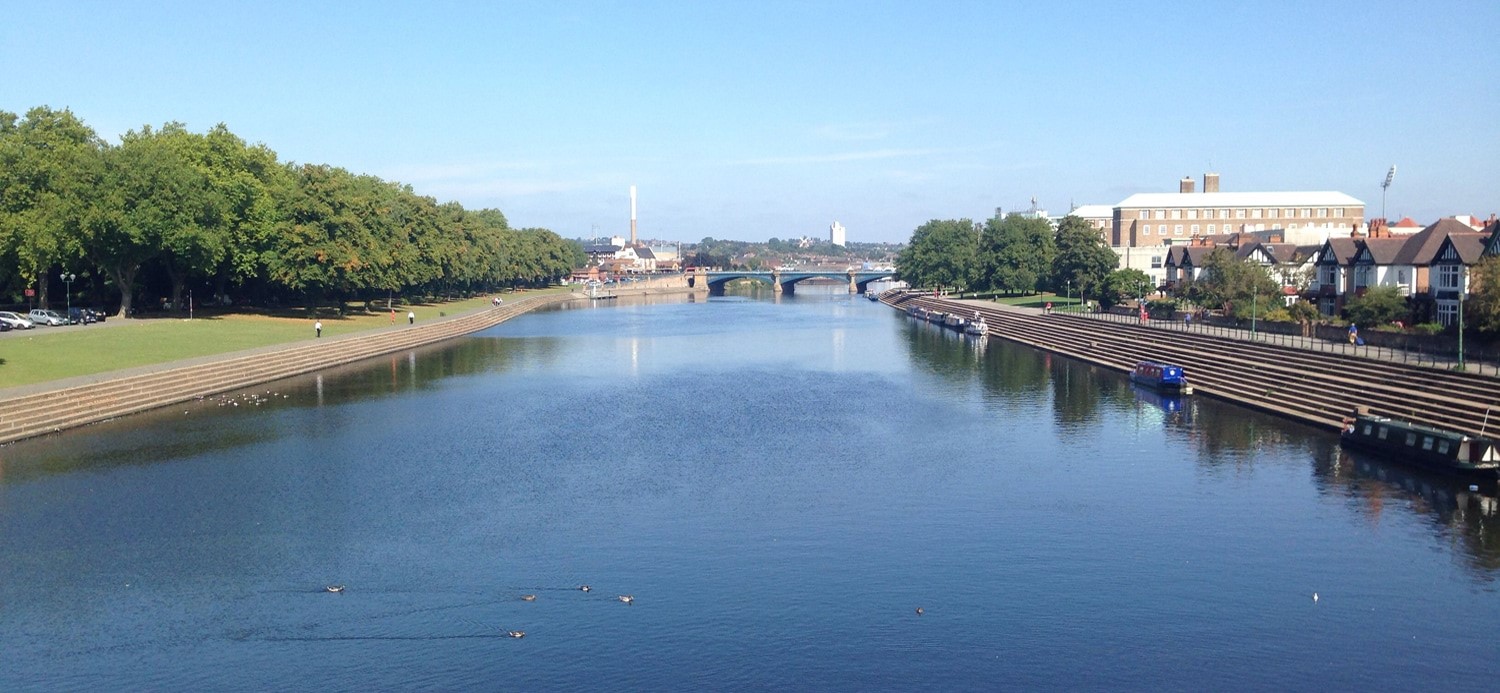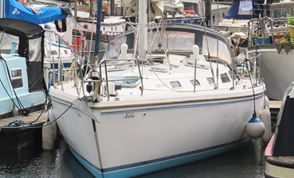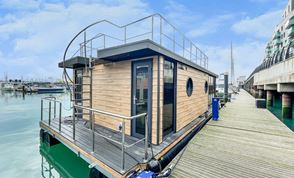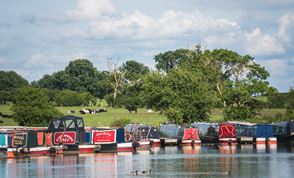17 River Trent Facts You Need to Know
If you need to learn more about the iconic River Trent, we’re here to help.
On this blog, you’ll find 17 interesting facts about the River Trent - perfect for kids and adults.
From the depth of the River Trent to the animals that live there, you’ll learn everything you need to know about this Staffordshire river.
Let’s get right into it...
1. The River Trent is the Third Longest River in the UK
Flowing over 185 miles from Staffordshire through the centre of England, the River Trent is the third longest river in the UK.
In fact, only the River Severn (220 miles) and the River Thames (215 miles) are longer.
However, not all of the River Trent is navigable. Only 94.8 miles or 151.6km of the River Trent can be navigated.
2. Trent Comes From a Celtic Word
The River Trent has a long, long history, and this is best shown in its name.
Many experts date the name “Trent” back to the Celtic word meaning “strongly flooding” - a nod to the River’s tendency to flood (but more on that later).
It could also come from a contraction of two Celtic words, “Tros” and “Hynt”, which means “over” and “way”, respectively.
3. River Trent Flows North
The River Trent is highly unusual in that it is the only river in Britain that flows North.
It does so after passing through the town of Newark in Nottingham.
4. The River Trent is Tida
One interesting fact about the River Trent is that it is tidal - but only for half of its route.
In fact, the first stretch of the River Trent from Staffordshire to Nottingham is freshwater and non-tidal.
But after passing the town of Newark, it becomes north-flowing and tidal - leading to a tidal bore.
5. The River Trent Has Britain’s Third Largest Tidal Bore
A tidal bore is a strong tide that pushes up a river against the current.
It’s often referred to as a “surge”, which is caused by a sudden change in depth.
Around 100 rivers across the world produce tidal bores, with about 20 in the UK.
Although the River Severn bore is the most famous in Britain, the River Trent is actually home to the UK’s third largest tidal bore - known as the Trent Aegir or Trent Bore.
It’s known to rise over five feet high and can travel as far inland as Lincolnshire!
6. The River Trent Starts in Staffordshire
The River Trent starts its 185-mile journey in Biddulph Moor, a village in Staffordshire.
It travels northwards before joining the River Ouse at Trent Falls - forming the Humber Estuary before emptying into the North Sea.
7. The River Trent Passes by Seven Major Cities and Towns
The River Trent is one of the most historically important river trade routes in the UK.
This is owed to the fact that it passes through seven major cities and towns (two cities and five towns, to be exact).
These are:
- Stoke-on-Trent
- Nottingham
- Stone
- Rugeley
- Burton upon Trent
- Newark-on-Trent
- Gainsborough
8. The River Trent Travels Through Six Counties
Alongside the seven major towns and cities, the River Trent also spans 6 counties. This includes:
- Staffordshire
- Derbyshire
- Leicestershire
- Nottinghamshire
- Lincolnshire
- Yorkshire
9. Over 80 bridges Cross the River Trent
Did you know that over 80 bridges cross the River Trent?
Of these, the most famous is the Swarkestone Bridge, a medieval bridge around six miles south of Derby.
It was made in the 13th century and is actually Britain’s longest stone bridge - almost one mile long!
11. People have Swam the Entire Length
Swimming in the River Trent can be incredibly dangerous.
But that hasn’t stopped a select few from braving the cold waters and attempting to swim the entire length.
The first man to ever do it was Tom Milner in June 2015, who swam 139 miles over 9 days!
12. There’s Only One Toll Bridge Over the River Trent
The Dunham Toll Bridge is now the only toll bridge that remains across the River Trent.
It carries the A57 over the River Trent between the villages of Newton-on-Trent and Dunham-on-Trent, acting as the crossing between Lincolnshire and Nottinghamshire.
13. The River Trent Dates Back to the Ice Age
While its name may suggest Celtic origins, the River Trent’s storied history goes far beyond that.
During the Pleistocene epoch - which you’ll probably know better as the Ice Age - the River Trent originally rose in the Welsh Hills before travelling east from Nottingham to the North Sea.
However, a mass stagnation of ice led the river to divert north, eventually leading to its current course into the Humber in around 70,000 BC.
14. The River Trent is Between 0.86m and 2.90m Deep
Normally, the River Trent is recorded at between 0.86m and 2.90m deep at the Clifton Bridge.
But the highest depth ever recorded here was 5.39m in November 2000.
15. River Trent is Known for Flooding
As its Celtic name might suggest, the River Trent is infamous for its flooding.
In fact, the earliest reports of flooding can be traced back all the way to 530 AD,
with the heaviest recorded flooding in 1795.
16. Not Every Boat Can Fit on the River Trent
Although the River Trent is one of the longest in Britain - it doesn’t mean any old boat can go on it.
In fact, due to the 11 locks along the River, only a certain-sized boat can fit.
The maximum boat size is:
- Length: 24.3 metres (due to Castle Lock)
- Beam: 4.62 metres (due to Castle Lock)
- Height: 2.44 metres (due to Chain Lane/ London Road Bridge)
- Draught: 1.22 metres (due to the cill of Castle Lock)
17. The River Trent is a Boater’s Dream
At Aquavista, one of our favourite travelling routes is exploring the River Trent.
The iconic river can take boaters across 95 miles of rural bliss, stopping off at several cities and towns steeped in history.
You’ve got an endless supply of things to get up to, from seeing the weir at Beeston to hopping off and taking a stroll on the beautiful Nottingham Victoria Embankment.
If you fancy cruising along the River Trent and need a place to stay, be sure to contact one of the Aquavista team today.
We’re the largest collection of inland marinas in the UK, and we’re always here to help you discover and enjoy the best of waterside life.
Be sure to check out our marinas near you to see your closest options, or browse our marinas in Nottingham and Derby for the perfect base to explore the River Trent - like Sawley Marina and Nottingham Castle Marina.




